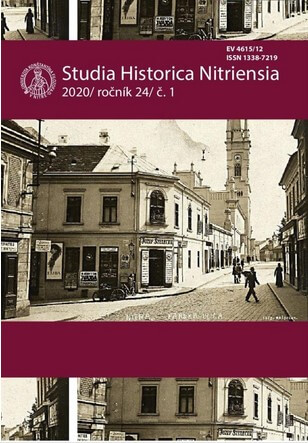Heraldika v prostredí stredovekých uhorských arcibiskupov a biskupov
Heraldry in the Setting of Medieval Hungarian Archbishops and Bishops
Author(s): Miroslav GlejtekSubject(s): Christian Theology and Religion, History of Church(es), Middle Ages
Published by: Univerzita Konštantína Filozofa v Nitre, Filozofická fakulta
Keywords: Middle Ages; Kingdom of Hungary; Church Heraldry; Coat of Arms; Archbishop; Bishop; Representation;
Summary/Abstract: Heraldry represents the most elaborate identification system established in the Middle Ages. Initially, in the first half of the 12th century, coats of arms spread among knights and nobles. Over time, they became adopted by corporations such as town communities, guilds as well as burghers themselves. The oldest known coats of arms belonging to Hungarian ecclesiastical dignitaries are from a later time – the first half of the 14th century. The coats of arms belonging to the oldest phase of Hungarian ecclesiastical heraldry were known only from their depictions on seals. In the 15th century, the diversity of sources widened. Coats of arms represented an important part of owners’ visual presentation. In the circles of the highest ecclesiastical hierarchy, they were also a symbol of prestige and position in the Church structure. The presented study deals with the conditions of coat-of-arms usage among Hungarian prelates. It focuses on the inner structure (content) of these coats of arms as well as their formal appearance.
Journal: Studia Historica Nitriensia
- Issue Year: 24/2020
- Issue No: 1
- Page Range: 18-35
- Page Count: 18
- Language: Slovak

